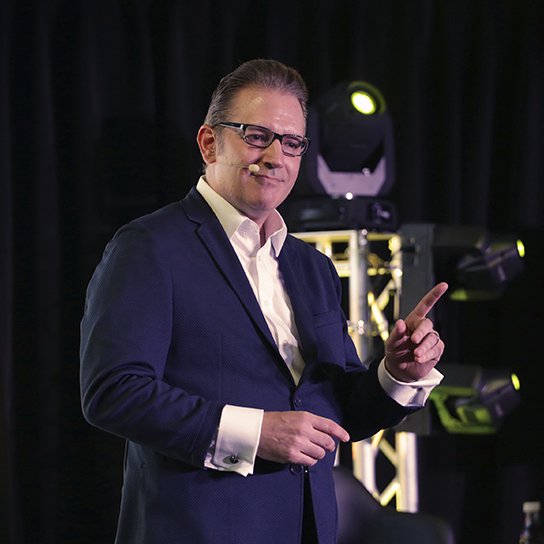Research shows that when employees feel connected to their workplace, they are more productive and engaged. However, many organizations struggle to create an inclusive environment where all employees feel valued and supported. Creating an inclusive environment takes intentional effort from leaders and managers.
The benefits of an inclusive environment are not just limited to meeting diversity quotas. An atmosphere that recognizes and celebrates each individual's worth can result in increased leadership and employee engagement rates, as well as a true sense or inclusion for all involved.
Building an Inclusive Environment Starts With Inclusive Leadership
Let’s start with an inclusive leadership definition. Inclusive leaders make sure that the people they lead know how much they matter as individuals.
Here’s what it’s important. Donna Hicks, Ph.D., is a Harvard expert in human dignity and a specialist in conflict resolution. Through her work, she identified a major obstacle in our human relationships: “Our failure to recognize how vulnerable humans are to being treated as if they didn’t matter.” (From her 2011 book: “Dignity: Its Essential Role in Resolving Conflict.”)
This is where to start the journey toward becoming an inclusive leader. Before you add new tasks, new initiatives, new success metrics—learn how to make sure people know they matter as individuals. Not as members of a group. Not as people with a title. As individuals with capacity and dignity.
Inclusive Leaders Learn How to Create An Inclusive Culture
People of color have been saying for decades that they feel as if they don’t matter within the institutions that govern where they learn, work and live.
Many diversity, equity and inclusion programs are unsuccessful. Efforts toward inclusion are not successful when they make diverse audiences feel further isolated by programs trying to put them in boxes.
Here are some actual quotes from employees of major U.S. corporations:
- “The messaging of ‘diversity’ is what sets me apart, even though I believe institutions are trying to accomplish the opposite.”
- “Our efforts seem to silo people of color to participate in a program that, while with good intentions, can make people feel as though they are singled out based on the color of their skin.”
Every person needs to know and feel that they matter as individuals. They know they matter when they’re able to achieve at full capacity and when their dignity is supported.
But most organizational cultures are designed to inadvertently suppress people, and most leaders are never trained to identify and root out those systems in order to unleash people.
Inclusive Workplace Practices Are Grounded In the Skill of Unleashing Individuality
Unleashing individuality is the foundational leadership skill that enables building an inclusive environment.
You must begin your approach to building an inclusive environment with the understanding that people are individuals. They may identify as being members of a variety of groups (based on ethnicity, gender, job titles or even on their hobbies and interests). But at heart they are each individuals with capacity and dignity.
An inclusive environment recognizes the value and the capacity of every individual, and gives them the room to activate that capacity at their fullest. When that happens, you will boost leadership and employee engagement while achieving a truly inclusive environment that invites and unleashes inclusive working and diverse thinking.
Conclusion
Leaders must unlearn the traditional command and control leadership style, which is associated with a top-down approach where leaders give orders and employees follow them.
In order to create an inclusive workplace culture, leaders must develop the skill of unleashing individuality. This means that they need to provide employees with the autonomy to be themselves, think for themselves, and make decisions in line with their own values.
When leaders learn how to create an inclusive environment, it sets the stage for organizational change. All employees can thrive when they feel like they belong and are able to contribute their unique talents. What have you done recently to become a more inclusive leader?
To access one of the most helpful organizational culture diagnostic tools, take this free diversity equity and inclusion self-assessment to see how well you unleash individuality.







